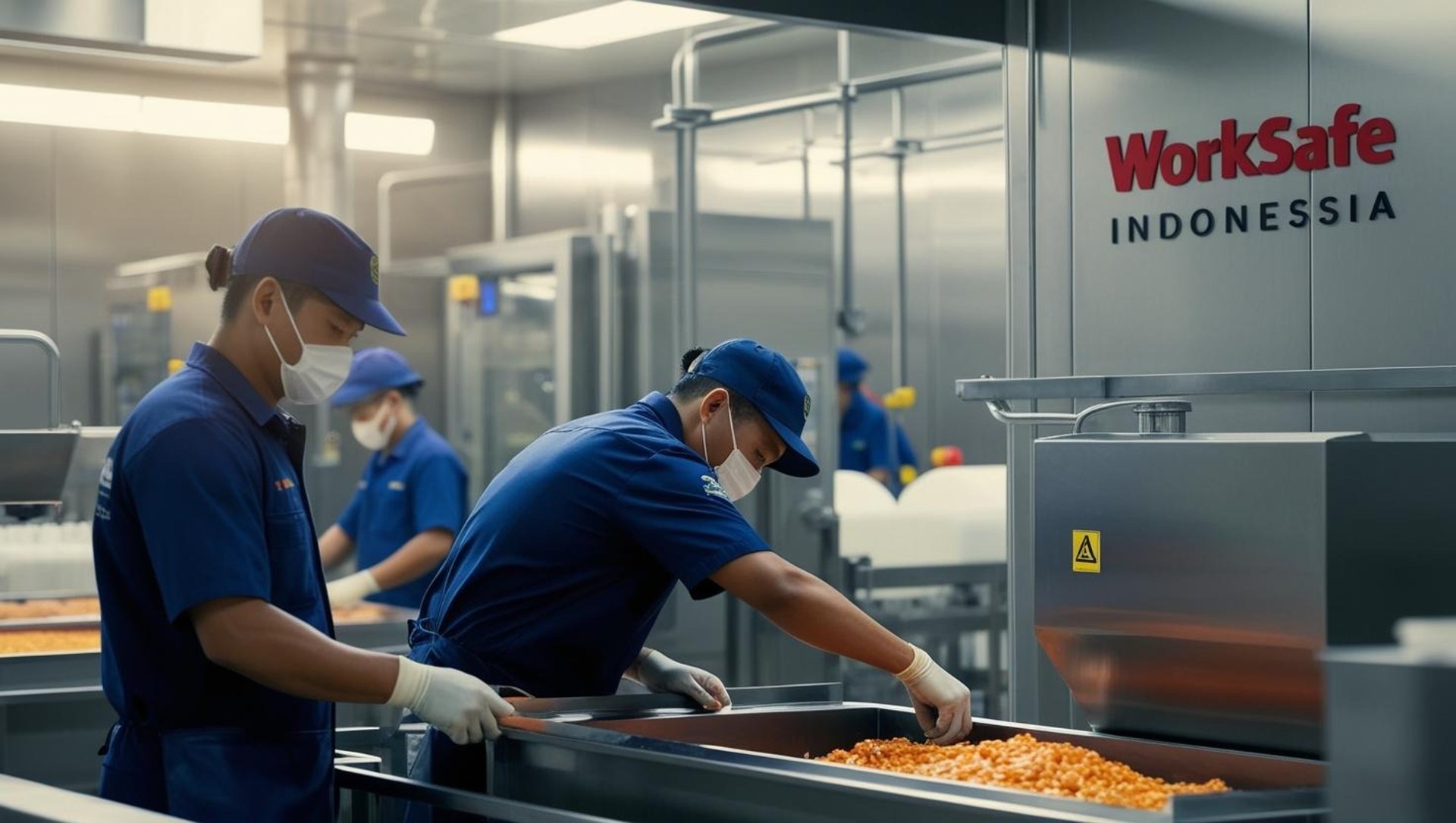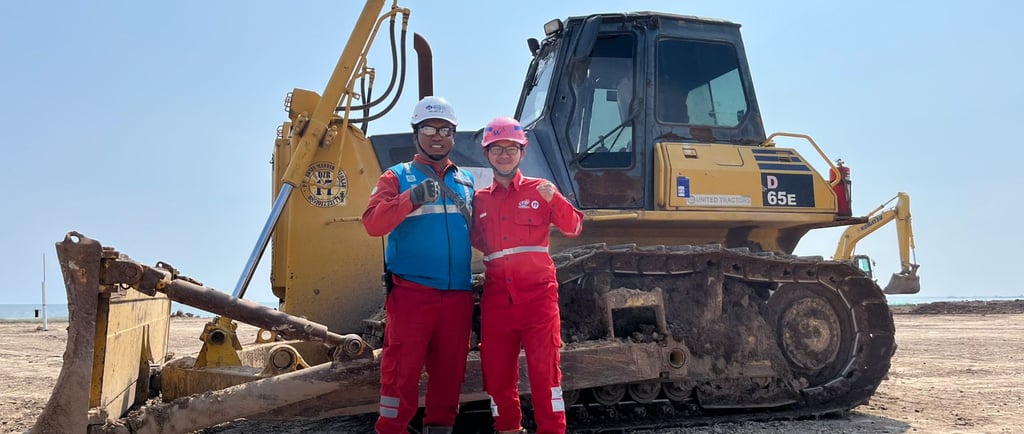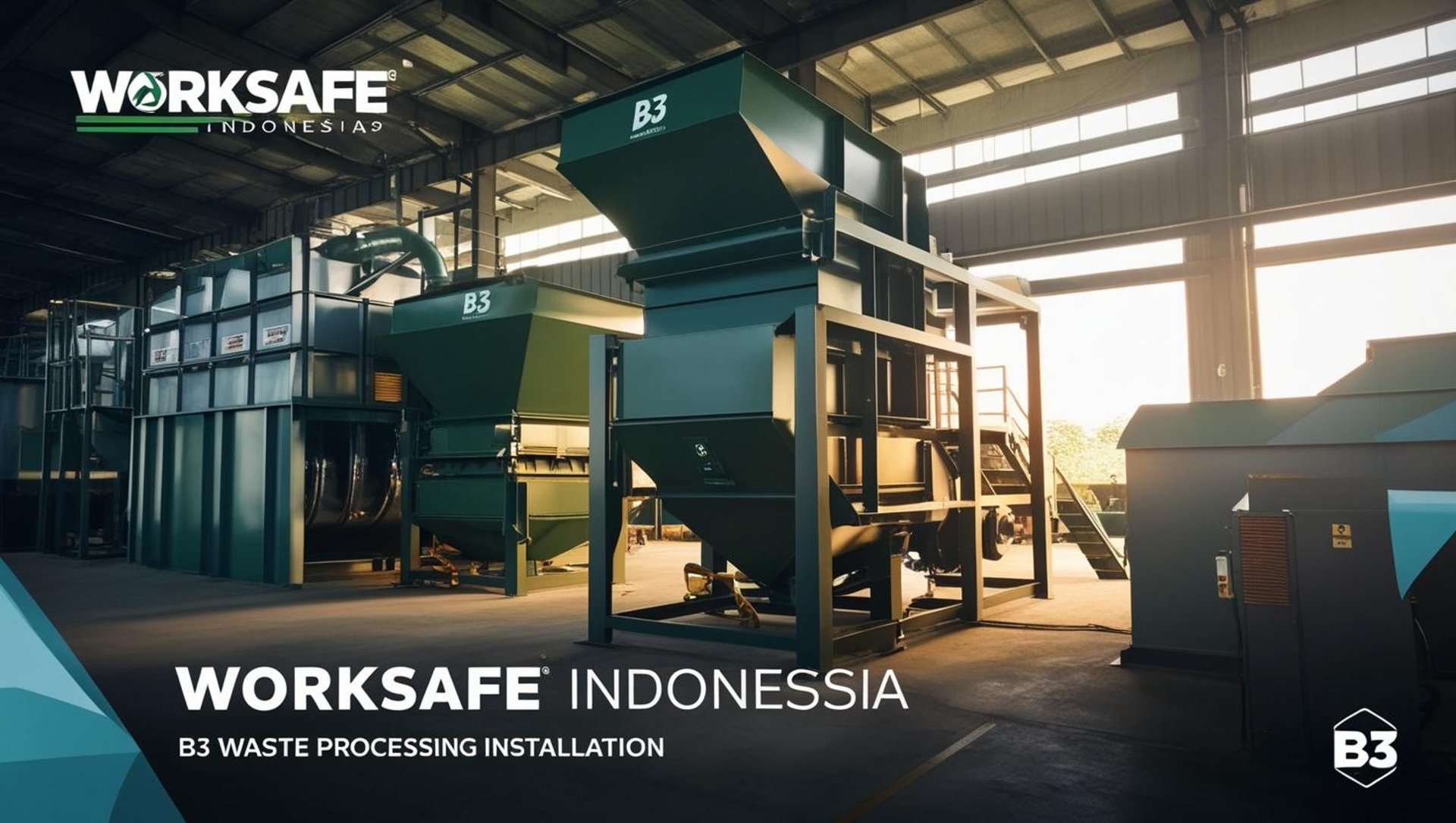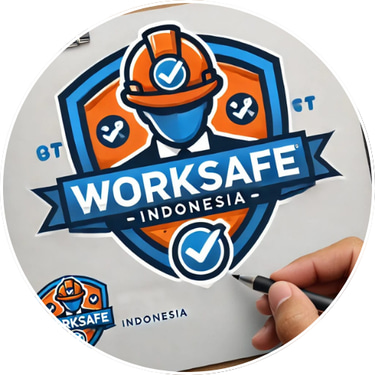
Promoting All About Safety, Health and Environmental
Komatsu D65E vs D65P: Which Bulldozer Fits Your Project?
Komatsu D65E vs D65P: Which Bulldozer Fits Your Project? In the world of construction and mining, choosing the right heavy equipment is key to maximizing efficiency and safety on-site. One of the most commonly used machines for earthmoving, leveling, and clearing is the bulldozer. Komatsu offers various models in its D65 series — including the D65E and D65P.
Septian indra
6/14/20252 min read


🚜 Komatsu D65E vs D65P: Which Bulldozer Fits Your Project?
In the world of construction and mining, choosing the right heavy equipment is key to maximizing efficiency and safety on-site. One of the most commonly used machines for earthmoving, leveling, and clearing is the bulldozer. Komatsu offers various models in its D65 series — including the D65E and D65P.
So, what sets them apart? And when should you use a D65E instead of a D65P?
🔍 Key Differences: Komatsu D65E vs D65P
Specification Komatsu D65E Komatsu D65P Undercarriage Type Standard (narrow track) Wide gauge (swamp type) Track Width ± 560 mm ± 915 mm Ground Pressure Higher Lower (due to wider footprint) Ideal Terrain Firm, rocky ground Mud, swamp, soft soil Operating Weight ± 19 tons ± 20.5 tons Blade Type Straight or Semi-U Blade Mostly S-U Blade Traction & Stability Better on firm ground Stable on soft terrain
✅ Advantages and Limitations
Komatsu D65E (Standard Dozer)
Pros:
Ideal for dry, hard terrain such as construction sites or mining areas.
Lower fuel consumption due to lighter track width.
Easier to maneuver in tighter spaces.
Cons:
Poor performance in muddy or waterlogged terrain.
Higher ground pressure increases the risk of sinking in soft soils.
Komatsu D65P (Swamp Dozer)
Pros:
Designed for soft ground conditions such as swamps, fishponds, and wetlands.
Low ground pressure reduces risk of bogging down.
Stable movement in loose or wet soils.
Cons:
Heavier and more fuel-consuming.
Wide tracks make it less practical in narrow workspaces.
Slower traction in firm terrains.
📊 Production Capacity (Earthmoving Efficiency)
Bulldozer productivity varies depending on blade type, operator skill, terrain, and job type. On average:
D65E:
🔹 On dry terrain: 250–300 m³/hour
🔹 Best suited for compaction, land clearing, and cut-fill operationsD65P:
🔹 On wet or soft ground: 200–280 m³/hour
🔹 Ideal for reclamation, swamp clearing, or access roads in marshland
📌 Conclusion: Choose Based on Terrain
Terrain Type Recommended Model Dry, rocky, compact ground D65E Swamp, muddy, soft terrain D65P
Proper equipment selection ensures both productivity and safety, especially in challenging field conditions.
🛡️ Worksafe Reminder
When operating bulldozers, always ensure:
Operators are licensed and trained
Regular undercarriage inspection
Clear SOPs and hazard controls, especially on slopes or waterlogged areas
Worksafe Indonesia is here to promote a culture of safe, productive, and professional work on every jobsite.
📢 Follow us for more heavy equipment guides, safety updates, and fieldwork insights!
Keep Safe, Be Safe!

